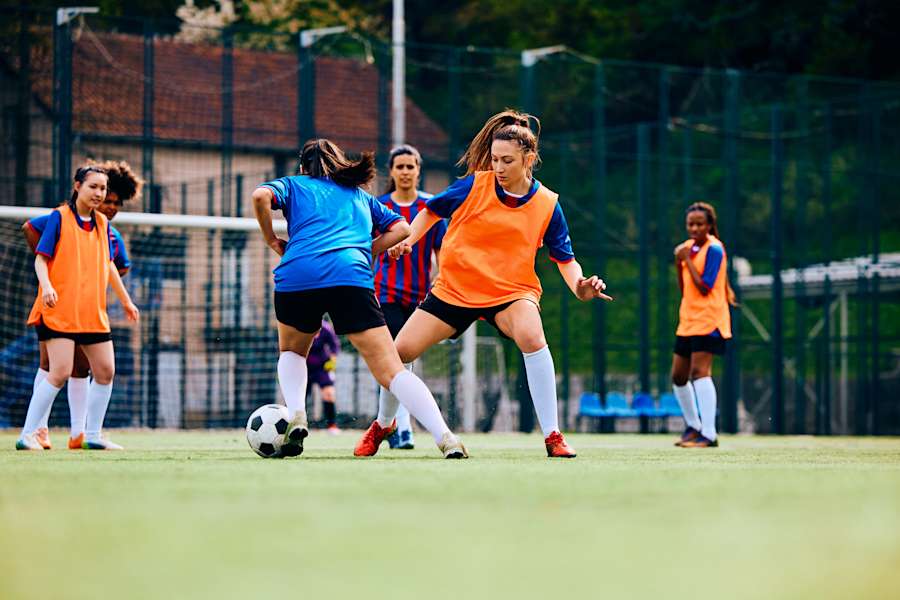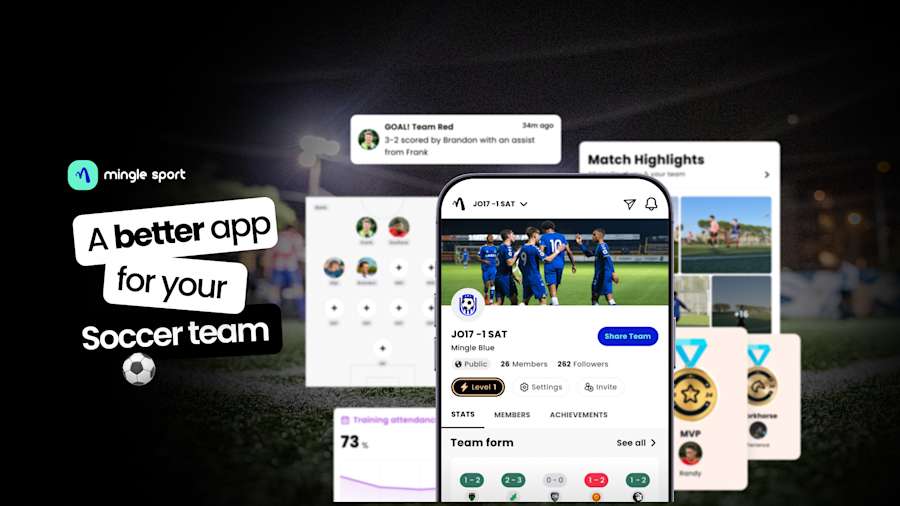Football Tackling Drills – Level Up Your Defense 🛡️⚽

In football, a strong defense is often the backbone of a successful team. Effective tackling can halt the opposing team’s progress, disrupt offensive plays, and regain possession. Tackling drills are essential for honing defensive skills, teaching players the correct approach, timing, and technique for each tackle. Whether you’re training beginners or advanced players, football tackling drills should be a core part of your routine to help build a reliable and solid defense.
Why Football Tackling Drills Matter ⚔️
Tackling is one of the most essential skills in football, especially for defenders. A well-executed tackle can prevent scoring opportunities, while a poorly timed tackle may result in fouls or compromised defense. Tackling drills improve timing, accuracy, and confidence, allowing players to anticipate opponents’ moves and execute effective tackles without hesitation. Developing these skills is crucial for a well-rounded defensive line, and with Mingle Sport’s Track Your Stats feature, teams can monitor performance metrics like win ratio and goal trends to understand defensive impact over time.
![[VISUAL] Stats & Tables](https://images.ctfassets.net/u7y8ietj3x66/27v3ZrSy8xow31FefDRYFX/7ed54abf51e98550cde611f5dd893d1b/Stats.jpg?w=900&h=506&fl=progressive&q=60&fm=jpg)
Essential Football Tackling Drills for Improved Defense 🏋️♂️
Here are some of the most effective football tackling drills that can strengthen defensive skills and help players execute tackles with confidence.
One-on-One Tackling Drill 💥
The one-on-one tackling drill is a staple for defenders, focusing on timing and body positioning. Set up a small field area with one attacker and one defender. The attacker’s goal is to dribble past the defender, while the defender’s objective is to stop them with a well-timed tackle.
Coaching Tip: Encourage defenders to stay low, keep their eyes on the ball, and time their tackles for when the attacker makes a move. This drill helps players understand how to close down their opponent without overcommitting.
Angle Tackling Drill 🎯
Tackling from an angle requires good positioning and control. In this drill, players practice approaching the ball carrier from an angle rather than head-on. Position a defender and an attacker at different points on the field and instruct the defender to approach and tackle from the side.
Coaching Tip: Focus on footwork and positioning. The defender should be mindful of the attacker’s body language, preparing to tackle from a safe but effective angle to avoid fouls.
Shadow Tackling 👤
Shadow tackling is a technique that trains defenders to mirror an opponent’s movement closely without making contact. In this drill, defenders track the attacker’s movements while keeping a safe distance, practicing how to anticipate and position themselves effectively.
Coaching Tip: Emphasize footwork and patience. This drill builds the ability to read the opponent’s body language, which is essential for executing effective tackles in real-game scenarios.
Tackling in Small-Sided Games ⚽
Small-sided games replicate real match conditions, allowing defenders to practice tackling under pressure. Play short games with fewer players on each team, focusing on defensive positioning and tackling.
Coaching Tip: Use small-sided games to emphasize teamwork and communication. Players learn to time their tackles better, positioning themselves strategically in a dynamic environment.
Tackling Tips for Effective Defense 📝
Effective tackling isn’t just about timing; it also requires balance, agility, and control. Key elements include maintaining a low center of gravity, keeping eyes on the ball, and reacting to the opponent’s movements. Practicing agility and footwork drills can improve tackling skills, as defenders must be quick on their feet to adjust to any change in direction. For teams that want to monitor improvements, Mingle Sport’s personalized profiles offer individual insights.
Conclusion: Build a Defense That’s Tough to Beat 🏆
Mastering football tackling drills is essential for creating a solid defensive foundation in football. With regular practice, players can improve their timing, agility, and ability to anticipate opponents’ moves, all of which are crucial for effective tackling. By incorporating drills like one-on-one tackling, angle tackling, and small-sided games, you’re setting your team up for stronger defense and increased confidence on the field.
Remember, a good defense isn’t just about stopping the opposition; it’s about gaining control and setting the pace for your team. Equip your players with these essential tackling drills, and watch your defense become an unstoppable force!

For more helpful drills and resources, explore Mingle Sport and bring your training to the next level. Download the app on Google Play or the App Store to enhance your team management, track player stats, and gain exclusive insights into football strategies.



